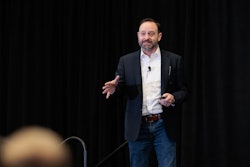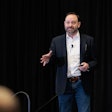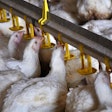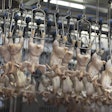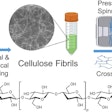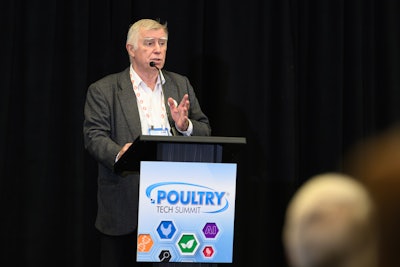
The poultry industry’s digital transformation is underway, delivering measurable results that are reshaping how producers manage their flocks and make critical decisions, Matthew Clark, strategic advisor at Poulta and managing director of FeedGuys Resources, explained at the 2025 Poultry Tech Summit.
"If we're going to make reasonable money in poultry, one of the things we must do is to get into that house, understand the situation and quickly take corrective action," he said. "The shorter that cycle, the more successful we will be in creating a good broiler flock. And this is what artificial intelligence (AI) does for us."
From manual methods to instant insights
The shift from traditional data collection to AI-driven monitoring represents a fundamental change in poultry management. Clark described older systems still common in Malaysia and surrounding countries, where teams on motorcycles visit farms every three to four days to collect body weights, feed intake data and health observations.
"It's a biosecurity disaster," he said of the traditional approach, which while functional, "works, but it's slow" and "tends to react rather late."
Today's AI systems replace this reactive approach with continuous, real-time monitoring that mimics experienced stockmanship. AI systems can replicate visual assessment through cameras that provide more than simple surveillance. Infrared imaging reveals bird surface temperature — a more valuable metric than house temperature in hot climates, Clark added.
The image-based approach also enables assessment of humidity levels and helps operators determine appropriate airspeed requirements for individual birds, all without entering the house or handling the flock.
Beyond flock monitoring, AI is already helping producers make smarter purchasing decisions. The AI analysis of growth rates enables comparison of different feed formulations and additives in actual production conditions, revealing which products deliver value.
Counteracting labor shortages
Perhaps nowhere is AI's current impact more evident than in addressing the industry's skilled labor shortage.
"In our area, I’m not sure about yours, we have a problem getting labor. Labor is really short, skilled labor even worse," Clark said. "And even within the skilled labor, we have issues finding people who are naturally good stockmen, people who can read birds."
AI can help to centralize expertise. One integrator now monitors its entire operation — nearly 5 million birds — from a single control room where managers can track key metrics across all facilities simultaneously. This approach captures the knowledge of experienced workers and makes it available enterprise-wide, even in facilities staffed by less experienced personnel.



